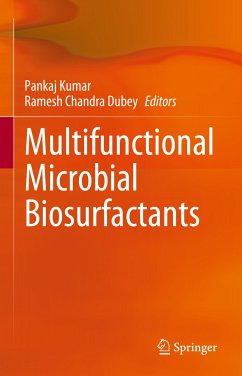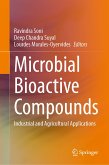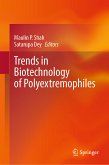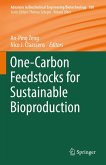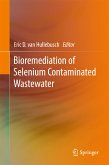Chapters from expert contributors discuss the latest screening, purification and characterization methods of new biosurfactants and biosurfactant-producing fungi and bacteria, including extremophiles. Particular attention is given to the role of biosurfactants in the formulation of sustainable agrochemicals, and their application as eco-friendly mosquitocidal agents, and biopesticides. Readers will discover a perspective on the antiviral activity of biosurfactants, in which the latest in vitro and in silico studies are discussed. Readers will also find more about the foremost therapeutic attributes of biosurfactant-mediated nanoparticles as next-generation drug delivery systems.
Given its breadth, this book appeals to a wide readership, from students and academic researchers to scientists and professionals from industry, interested in the study and application of microbial surfactants.
Dieser Download kann aus rechtlichen Gründen nur mit Rechnungsadresse in A, B, BG, CY, CZ, D, DK, EW, E, FIN, F, GR, HR, H, IRL, I, LT, L, LR, M, NL, PL, P, R, S, SLO, SK ausgeliefert werden.

